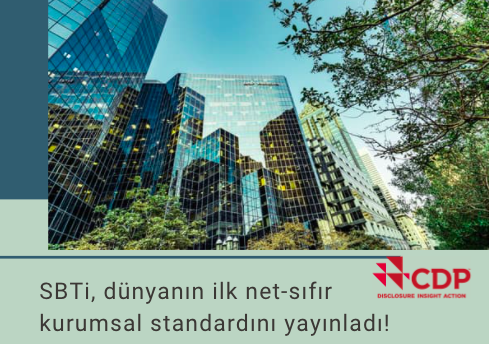
Submitted by hazal.bastimur on November 12, 2021
- Recent years have seen an influx of net-zero commitments from companies, with 80% of global GDP covered by commitments to reach net-zero by 2050. However, the quality and ambition of such commitments have been inconsistent, leading to criticism and scepticism around the credibility of corporate net-zero targets.
- SBTi’s science-based Net-Zero Standard launched to provide a credible and independent assessment of corporate net-zero target setting and enable companies to align their near- and long-term climate action with limiting global warming to 1.5°C.
- Seven companies, including AstraZeneca, CVS Health and Ørsted, are the first worldwide to have science-based net-zero targets verified by the SBTi.
- SBTi’s Standard clarifies that rapid action to halve emissions before 2030 and long-term deep emissions cuts of 90-95% before 2050 are crucial for net-zero targets to align with science.
- To achieve net-zero with the SBTi, emissions that are not possible to cut - the final 5-10% - have to be neutralized through carbon removals.
- Companies should invest in climate mitigation beyond their value chains on the road to net-zero, but this must be in addition to, not instead of, deep emission cuts in line with science.
Please click here for details.





